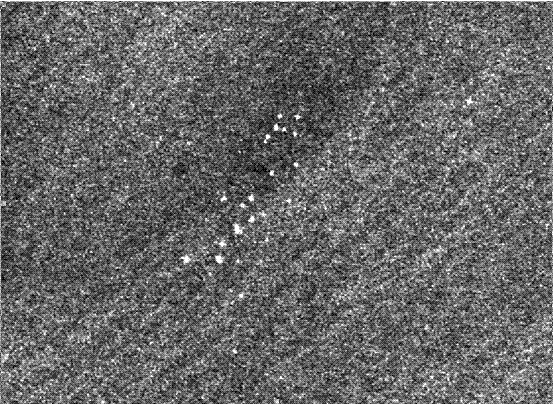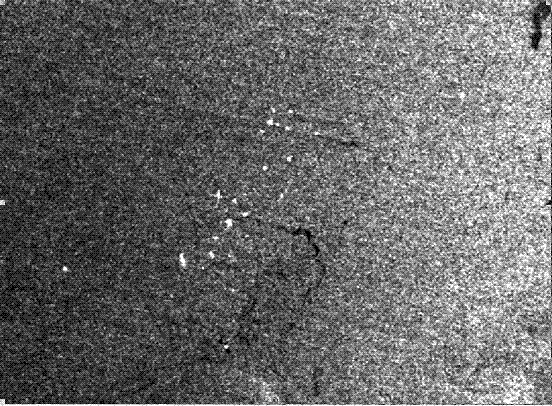Method for detecting ocean stationary targets by multi-temporal radar data
A technology for stationary targets and radar data, applied in the direction of using re-radiation, measurement devices, radio wave measurement systems, etc., can solve the problem of difficulty in finding stationary targets at sea, and achieve significant effects, improve correctness and integrity, and accurately detect. Effect
- Summary
- Abstract
- Description
- Claims
- Application Information
AI Technical Summary
Problems solved by technology
Method used
Image
Examples
Embodiment Construction
[0041] The purpose and effects of the present invention will become more apparent by referring to the accompanying drawings in detail of the present invention.
[0042] The experimental data of this embodiment is the ASA_WSM_1PNCUH20061013_14524 ENVISAT ASAR wide-format image acquired by the Chinese University of Hong Kong Satellite ENVISAT ASAR Ground Receiving Station in 2006 and the ASA_WSM_1PNCUH20080208_02335ENVISAT ASAR wide-format image acquired in 2008. The original data are as follows figure 1 and figure 2 shown.
[0043] A kind of method of utilizing ENVISAT ASAR data of the present embodiment to discover sea stationary target, comprises the following steps:
[0044] Step 1. Data preparation—select two scenes of ENVISAT ASAR image data in different phases of the target area.
[0045] Read the single-view ENVISAT ASAR image data named ASA_WSM_1PNCUH20061013_14524 in 2006 and the single-view ENVISAT ASAR image data named ASA_WSM_1PNCUH20080208_02335 in 2008, and con...
PUM
 Login to View More
Login to View More Abstract
Description
Claims
Application Information
 Login to View More
Login to View More - R&D
- Intellectual Property
- Life Sciences
- Materials
- Tech Scout
- Unparalleled Data Quality
- Higher Quality Content
- 60% Fewer Hallucinations
Browse by: Latest US Patents, China's latest patents, Technical Efficacy Thesaurus, Application Domain, Technology Topic, Popular Technical Reports.
© 2025 PatSnap. All rights reserved.Legal|Privacy policy|Modern Slavery Act Transparency Statement|Sitemap|About US| Contact US: help@patsnap.com



